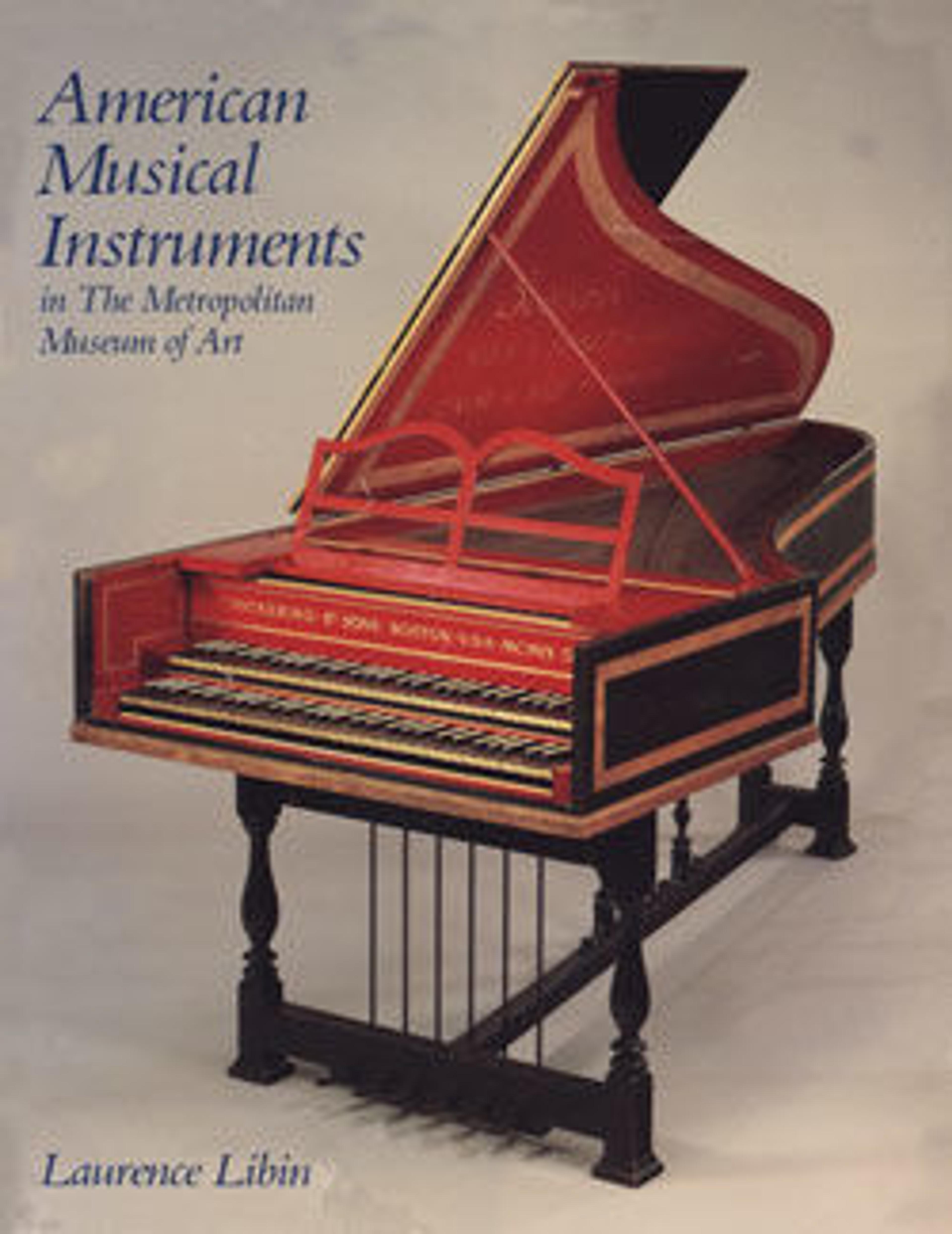Side (Snare) Drum
The shell and rims are the only surviving portions of this excellent example of a military drum from the United States around the turn of the nineteenth century. The drum features a large hand-painted decoration consisting of an eagle with wings spread holding a shield decorated with a blue field and red and white stripes. The eagle is facing upward to its left. In its left talon it holds an escutcheon decorated with red and white stripes surmounted by a blue field. In the right talon are olive branches. The eagle’s head is surrounded by an arc of clouds and a sunrise appears behind that (much of the decoration has worn away). The eagle is painted on a greenish-blue field.
At the time this drum was made, eagles were popular decorations among patriotic Americans and could be found, as a symbol of national pride, on many objects. Drums especially, because of their use in the military, were often decorated with eagles from the very earliest days of the United States. The eagle with a shield would become a standardized decoration of U.S. military drums in the middle of the 19th century and was used on Union drums during the Civil War.
To the right of the eagle painting is a large tack design. Tacks were used to reinforce the glued shells on early drums, and became decorative elements in their own right. The tack design used by each maker became a signature that can sometimes be used to help identify the maker of the drum. The tack design on this drum, consisting of three groups of concentric circles between two parallel lines, is an unidentified pattern.
Technical description: Wooden shell. Brass tack design reinforcing glued shell overlap, consisting of two parallel, vertical lines framing two concentric circles around the vent hole, above and below these concentric circles is a smaller circle with a tack in the center. The shell is decorated with a painted eagle emblazonment. Rope tension originally with nine leather tugs (both the rope and tugs are missing). Wood rims painted red (now darkened to black). Nine drilled holes in each rim through which the rope originally passed. (Jayson Kerr Dobney 2003)
At the time this drum was made, eagles were popular decorations among patriotic Americans and could be found, as a symbol of national pride, on many objects. Drums especially, because of their use in the military, were often decorated with eagles from the very earliest days of the United States. The eagle with a shield would become a standardized decoration of U.S. military drums in the middle of the 19th century and was used on Union drums during the Civil War.
To the right of the eagle painting is a large tack design. Tacks were used to reinforce the glued shells on early drums, and became decorative elements in their own right. The tack design used by each maker became a signature that can sometimes be used to help identify the maker of the drum. The tack design on this drum, consisting of three groups of concentric circles between two parallel lines, is an unidentified pattern.
Technical description: Wooden shell. Brass tack design reinforcing glued shell overlap, consisting of two parallel, vertical lines framing two concentric circles around the vent hole, above and below these concentric circles is a smaller circle with a tack in the center. The shell is decorated with a painted eagle emblazonment. Rope tension originally with nine leather tugs (both the rope and tugs are missing). Wood rims painted red (now darkened to black). Nine drilled holes in each rim through which the rope originally passed. (Jayson Kerr Dobney 2003)
Artwork Details
- Title: Side (Snare) Drum
- Date: First half 19th century
- Geography: United States
- Culture: American
- Medium: Wood, various materials
- Dimensions: Height 33.5 cm (13 3/16 in.)
Maximum diameter 42.8 cm (16 7/8 in.)
Diameter of heads: approx. 38.5 cm (15 3/16 in.) - Classification: Membranophone-double-headed / cylindrical drum
- Credit Line: Gift of Anne D. Windrow, 1958
- Object Number: 58.82
- Curatorial Department: Musical Instruments
More Artwork
Research Resources
The Met provides unparalleled resources for research and welcomes an international community of students and scholars. The Met's Open Access API is where creators and researchers can connect to the The Met collection. Open Access data and public domain images are available for unrestricted commercial and noncommercial use without permission or fee.
To request images under copyright and other restrictions, please use this Image Request form.
Feedback
We continue to research and examine historical and cultural context for objects in The Met collection. If you have comments or questions about this object record, please contact us using the form below. The Museum looks forward to receiving your comments.
